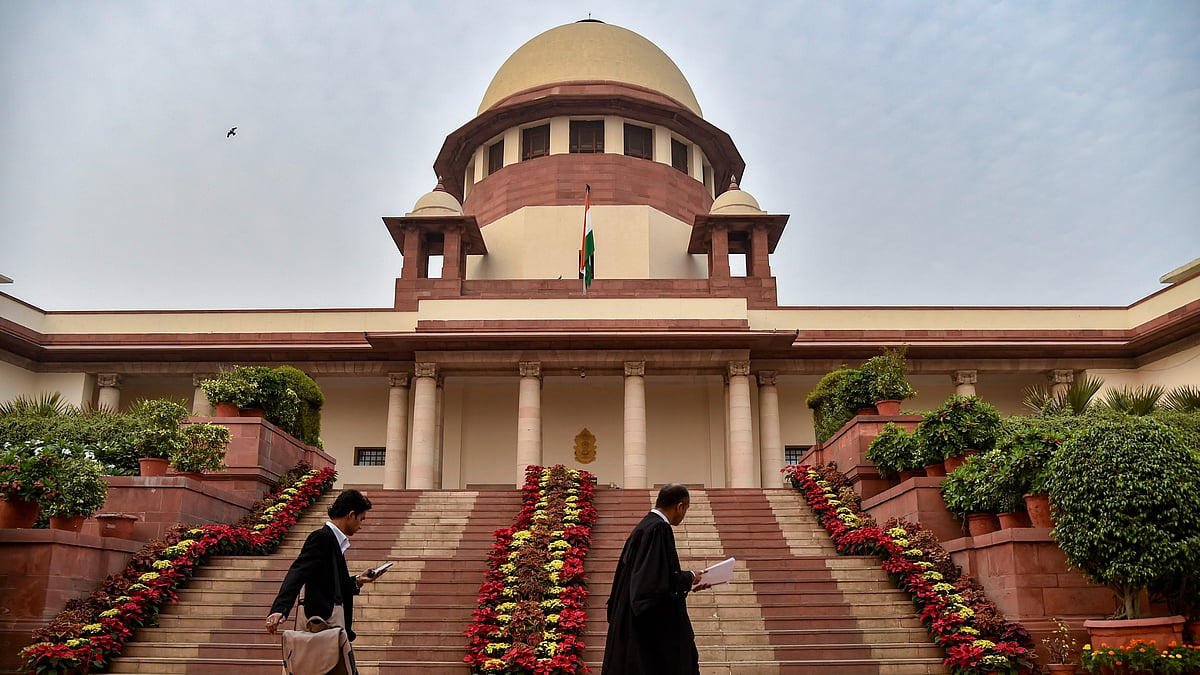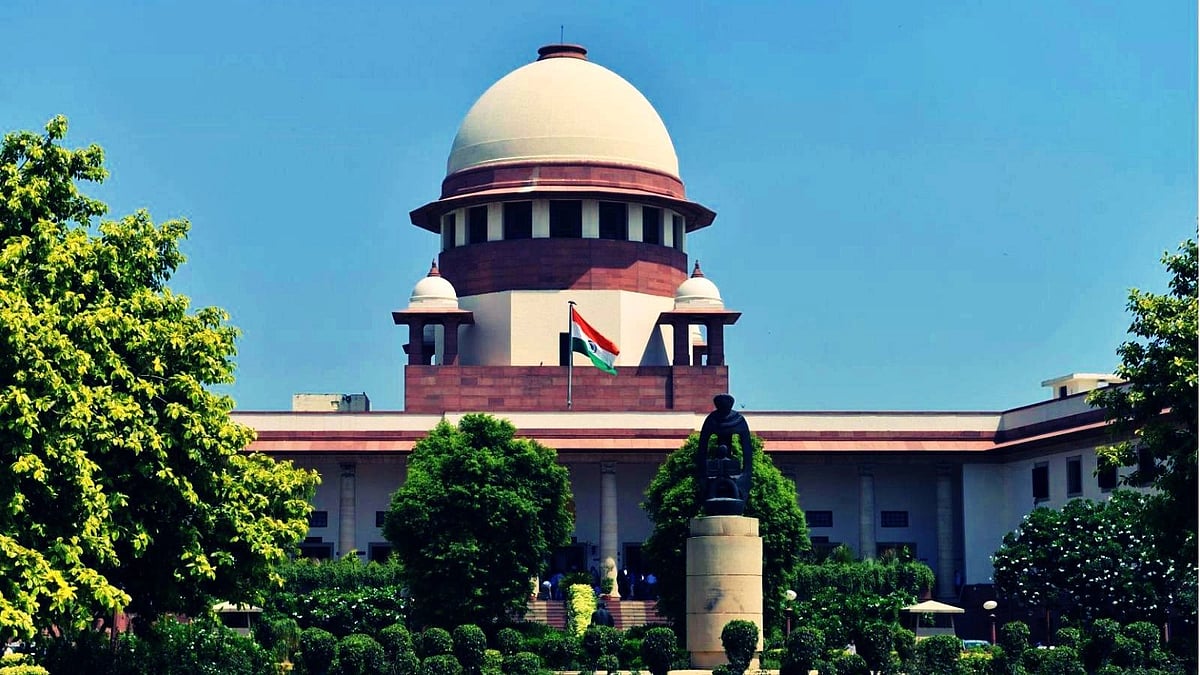In a path breaking move that could reshape the very edifice of judicial appointments, the Supreme Court Collegium has decided to personally interview advocates recommended by High Court Collegiums for elevation as High Court judges. This marks a tectonic shift from the longstanding practice of relying solely on dossiers, service records, intelligence reports, and feedback from constitutional authorities.
The man at the centre of this innovation is Chief Justice Sanjeev Khanna, whose reformist zeal has triggered a wave of reactions across legal circles. While many hail it as a bold leap towards transparency and meritocracy, sceptics warn of potential pitfalls, including subjectivity and the erosion of federal balance in judicial appointments.
What does it mean for the future of the Indian judiciary?
The Interview Innovation: Winds of Change
1st. Transparency and Accountability Get a Boost
For the first time, aspirants will present themselves directly before the highest judges of the land. The Collegium now goes beyond written summaries, allowing a holistic assessment of demeanour, intellect, articulation, and ideological bearing. No longer will judges be chosen solely based on file noting or vague intelligence inputs. This face-to-face interaction trims down the influence of hidden lobbies and subjective feedback from local networks.
2nd. Uniformity across a Diverse Judicial Landscape
With over 25 High Courts operating under different yardsticks, disparity in standards has often been the norm. The Supreme Court’s direct interface with all candidates creates a centralised benchmark of legal competence and integrity. A common filter can prevent regional variations from dictating judicial quality.
3rd. A Check on Nepotism and Regional Bias
Whispers of favouritism, caste calculations, and bar politics in state collegiums are neither new nor baseless. The final interview by the apex court can serve as a corrective lens, identifying candidates who rise above these pressures, helping dismantle the old order of patronage-based selection.
4th. Platform for Merit to Shine
It is no secret that legal brilliance without political backing often goes unrewarded in state bar councils and collegiums. The new system might allow deserving but lesser-known advocates a shot at recognition. It can serve as a deterrent to the open secret of partisan appointments, seen in successive state regimes. However, the court must also evolve mechanisms to counter the Centre’s tactic of delaying appointments after Collegium recommendations — a concern that remains unresolved.
5th. Advocates Get Their Day before the Bench
Previously, candidates had little chance to explain themselves. An adverse report meant silent rejection. Now, an interview offers a platform for self-representation, rebuttal, and clarity. It injects a much-needed dose of fairness into the selection process.
Final. Restoration of Public Faith
The Collegium system has long been accused of opacity and elitism. Though the interviews won’t be public, their very inclusion suggests the judiciary’s readiness to reform from within. This can slowly rebuild the public’s trust in an otherwise insular process.
But the Clouds of Concern Remain
Subjectivity Cannot Be Wished Away
Interviews are inherently subjective. A candidate’s depth in jurisprudence might not shine through a 30-minute interaction. Impressions can be misleading. Judicial temperament is long-term, but an interview captures a moment.
Federal Spirit Under Strain
Judicial appointments are expected to be federal in nature — a blend of state and central perspectives. A final interview by the Supreme Court may signal distrust in High Court Collegiums, risking the erosion of their authority and autonomy.
Centralisation of Power: A Real Risk
Power will rest in the hands of five senior judges. Is that democratic enough? The fear is that it could evolve into an ultra-centralised, elitist filter, undermining the collaborative federal ethos of the judiciary.
Could Scare Away Senior Talent
Veteran lawyers, especially those nearing elevation age, may find the idea of facing interviews demeaning. Some might opt out altogether, weakening the talent pool. Already, some High Courts face difficulty in attracting willing senior candidates.
No Constitutional or Legislative Mandate
The Collegium system exists through judicial interpretation, not legislative mandate. Introducing a fundamental procedural reform like interviews without parliamentary backing might raise eyebrows. The judiciary’s self-regulatory model, though well-intentioned, walks a thin line when it redefines norms without wider consultations.
Opaque Outcomes and Undefined Criteria
What happens post-interview? There are no published guidelines, no disclosed scores, no detailed reasons for rejection. Without codified criteria, the interview system risks breeding the very arbitrariness it aims to eliminate.

Supreme Court (file image) | PTI
Way Forward: Course Correction Is Key
To ensure this reform doesn’t spiral into confusion, the apex court must introduce clear safeguards:
Defined Parameters: A standardised rubric should govern all interviews — covering legal knowledge, ethics, clarity of thought, and past conduct.
Consultative Expansion: Bringing in retired judges, eminent jurists, or even civil society voices could democratise the process further.
Written Feedback for Rejections: At least minimal reasoning should be shared with unsuccessful candidates to ensure transparency — though it might lead to litigation, delaying appointments.
Training Judges in Evaluation: Interviewing is a skill. Sensitisation workshops for judges conducting interviews can ensure a balanced, fair, and inclusive approach.
Conclusion: Promise and Peril in Equal Measure
The Supreme Court’s decision is a brave stride into uncharted territory. If executed with vision and restraint, it can infuse transparency, merit, and consistency into a system long plagued by whispers of bias and secrecy. But the sword cuts both ways — without codification and oversight, the innovation risks becoming another opaque layer of subjectivity and centralisation.
This move must not be judged merely by its intent but by the manner of its implementation. The judiciary, as the sentinel of our Constitution, must ensure that its internal processes reflect the fairness it dispenses in courtrooms. The path to the Bench should echo the very values the Bench is meant to uphold — integrity, openness, and impartiality.
(Writer is former Chairperson of the Standing Committee of All State Public Service Commissions in India and Ex-Chairman, Himachal Pradesh Public Service Commission)
